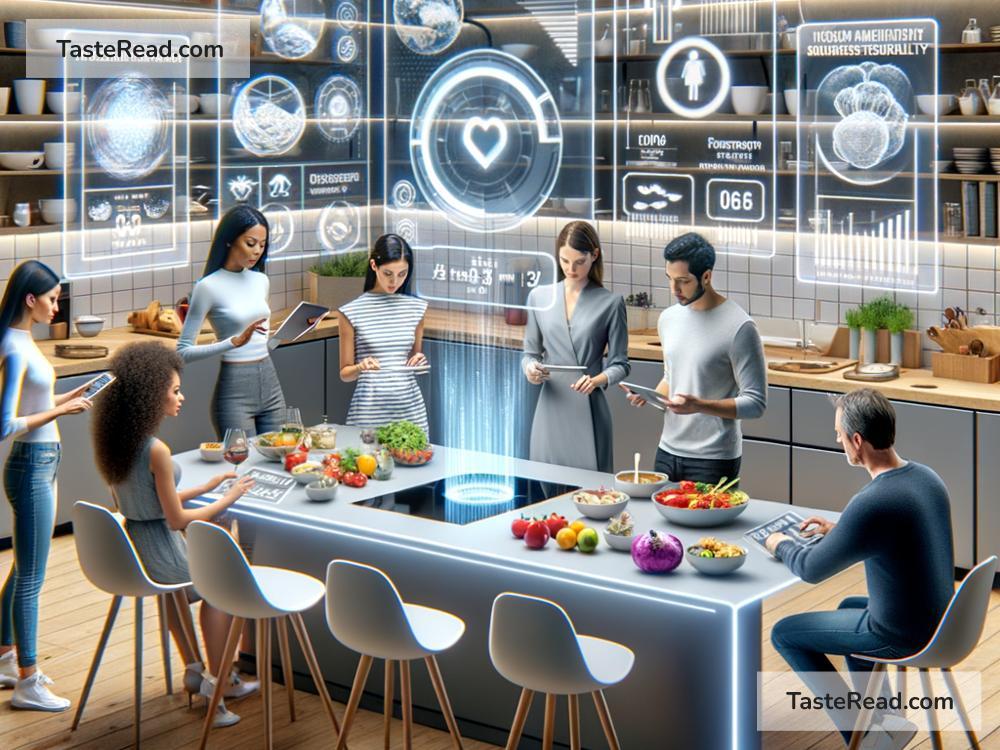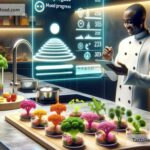The Future of Food and Participatory Design: Shaping What We Eat Together
When we think about food, most of us picture our favorite meals or the act of cooking and eating together. But behind the scenes, there are big changes happening in the world of food production, farming, and design. As populations grow, natural resources shrink, and climate change affects agriculture, food systems are being forced to evolve. At the same time, people are demanding healthier, more sustainable, and culturally diverse options.
In this blog, we’ll explore how participatory design—a process that involves people in creating solutions—can help shape the future of food in exciting, meaningful ways.
What Is Participatory Design?
Participatory design means creating something collaboratively with the people who will use it. Instead of inventing solutions in isolation, designers, farmers, scientists, business owners, and consumers all work together. This approach ensures that the end result meets everyone’s needs. It’s not just about experts making decisions—it’s about asking people what they want, listening carefully, and working side-by-side to make it happen.
When it comes to food, participatory design can include anything from working with farmers to redesign sustainable growing methods to teaming up with communities to create local food programs.
The Challenges Facing Food Systems
The way we grow, transport, and consume food today faces several major problems:
1. Climate Change: Floods, droughts, and shifting weather patterns are making farming less predictable.
2. Resource Limitations: Land, water, and energy are becoming scarce, threatening long-term food security.
3. Food Waste: Globally, about one-third of the food produced goes to waste, using precious resources for nothing.
4. Health Concerns: Many foods are processed or contain unhealthy additives, contributing to diet-related illnesses like diabetes and obesity.
The question is: How can we solve these challenges while ensuring food remains affordable, nutritious, and accessible to all?
Innovations Shaping the Future of Food
The future of food is full of exciting innovations. Scientists, entrepreneurs, and farmers are already exploring new ways to grow and create food for the future. Some of these include:
-
Alternative Proteins: Lab-grown meat, plant-based protein, and insect-based foods are emerging as greener options to replace traditional livestock farming, which uses tons of water and land.
-
Vertical Farming: Growing crops indoors in tall towers, using less space, water, and energy, could make fresh food more readily available in urban areas.
-
Eco-Friendly Packaging: Biodegradable and edible packaging materials are reducing the environmental footprint of packaged foods.
-
Food Tech: Apps and tools for tracking food waste, monitoring freshness, or even creating digital recipes make smarter food choices easier.
While these innovations are exciting, one important factor often gets overlooked: the voice of the people who eat, grow, and work with food every day.
How Participatory Design Can Transform Food Systems
Participatory design can bridge the gap between technology and the people it’s meant to serve. It allows food systems to be developed with input from everyone affected—not just by inventors or corporations acting alone. Here are some ways this approach can benefit the future of food:
1. Empowering Farmers
Farmers understand the challenges of growing food better than anyone. By working with them through participatory design, we can create tools and farming methods that address their needs directly. For example, farmers in water-scarce regions could collaborate on irrigation technologies suited to their local conditions. Or small-scale farmers could team up to design affordable farming equipment.
2. Including Communities
Communities should have a say in how food is distributed, priced, and produced. For instance, participatory design could help neighborhoods plan urban gardens or food co-ops, addressing local hunger while promoting sustainability.
3. Respecting Cultural Diversity
Food is deeply tied to culture. By involving diverse communities in food design, we can ensure innovations respect traditions and tastes. A global approach allows food systems to meet varying cultural needs without erasing what makes different cuisines special.
4. Improving Health Outcomes
Consumers often want healthier food options but might struggle to access them. Participatory design could bring researchers, chefs, and families together to create affordable, nutritious meals that are easy to prepare, reducing the reliance on unhealthy fast food.
The Human Element of Food Design
While technology and science are crucial to solving food challenges, they’re best used alongside human-centered approaches. Participatory design breaks down barriers between experts and everyday people, ensuring a collaborative process that looks at food not just as products, but as a shared experience.
Think of the community coming together to decide what crops to grow in urban spaces. Or parents and schools designing healthy lunch programs that kids actually enjoy eating. These examples show how food is more meaningful when everyone has a seat at the table—literally and figuratively.
Moving Forward Together
The future of food isn’t just about inventing gadgets or growing food differently. It’s about rethinking the entire food system and ensuring it works for everyone. Participatory design allows us to prioritize the wellbeing of farmers, communities, and consumers while embracing innovation.
If we continue to engage people meaningfully, the future of food could be brighter, more sustainable, and healthier than ever. Imagine a world where fresh food is grown in your city, packaged in eco-friendly materials, and shared through community-run programs. This future isn’t far off—it just takes teamwork.
So, next time you sit down to eat, think about how your food got to your plate. In the future, you might even have a direct role in shaping how your meals are grown, produced, and served.
Together, we can design a future of food that works better for people—and the planet.

